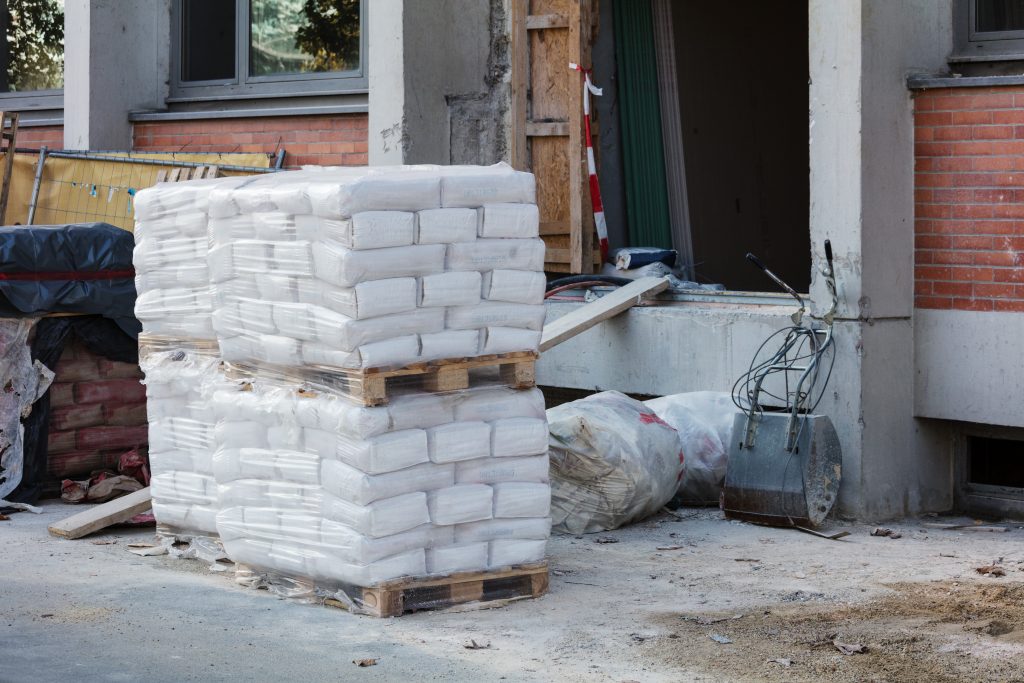Material prices continued to decline in August, according to government analysis.
The Department for Business and Trade (DBT)’s index of material price inflation was down 0.3 per cent from July and 1.1 per cent from the year before, suggesting material prices are continuing to fall from post-pandemic highs.
The largest price falls were in the non-housing new-build market, which saw costs sink by 0.6 per cent over the prior month and 2.1 per cent in the year.
Costs of materials used for new housing and repair and maintenance fell by 0.1 per cent since July but up 0.2 per cent since August 2023.
But some materials have experienced large price jumps. The cost of flexible pipes and fittings grew by 17.4 per cent in the year to August, the most of all the materials tracked by the DBT. Precast concrete blocks, bricks, tiles and flagstones increased in price by 4.9 per cent over the same period.
The price of gravel, sand, clays and kaolin- all taxed by the aggregates levy – declined the most in that time, dropping by 10.8 per cent. Fabricated structural steel and steel concrete reinforcing bars depreciated by 7.3 per cent and 4.3 per cent respectively.
However, the price falls were accompanied by a decline in sales. Sales of ready-mixed concrete declined by 8.6 per cent in Q2 compared to Q1, and by 22.8 per cent compared to the same period in 2023.
Sand and gravel sales had a similarly gloomy quarter, shrinking by 6.8 per cent from Q1 and 16 per cent from Q2 2023. Sand and gravel sales consistently remain below where they were before the 2008 financial crash, the DBT said.
Brick deliveries bucked the trend for the second month in a row. Deliveries grew by 4.7 per cent in August compared with July, when they increased by 7.4 per cent.

